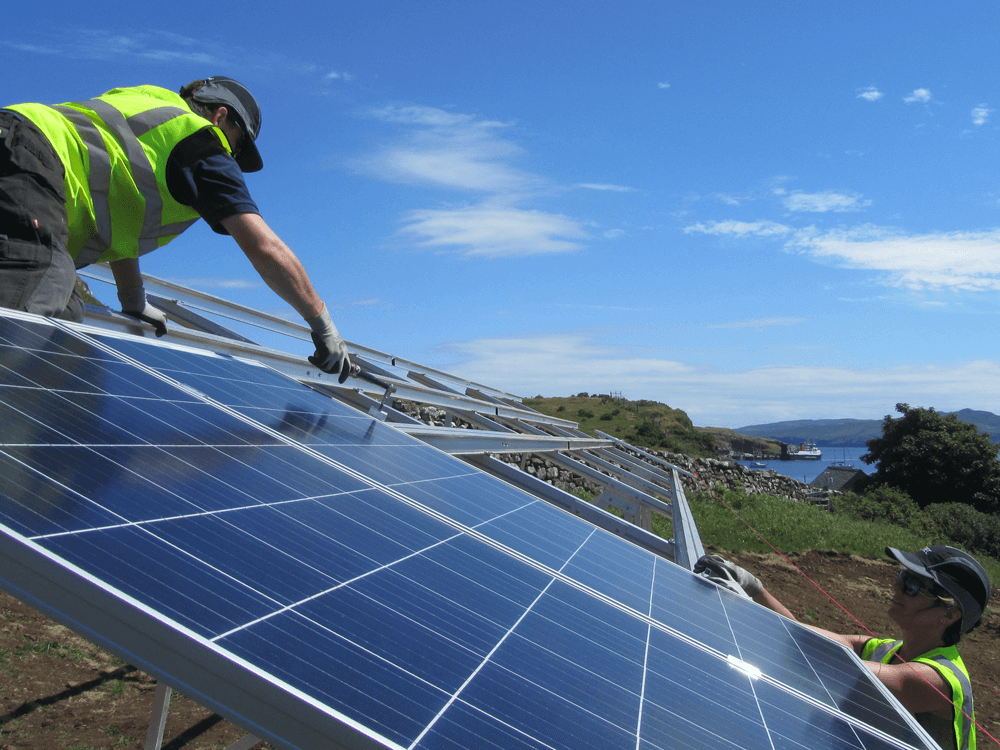An electricity generation document published by the UK government has indicated Scotland sourced 98.6% of its gross electricity consumption from renewables in 2020.
The study published by the UK government's Department for Business, Energy & Industrial Strategy (BEIS) stated “gross electricity consumption” consisted of the volume of electricity generated in Scotland plus electricity imports and minus exports.
Solar and sustainability
Dampened demand for electricity in Scotland as Covid-19 measures bit in 2020, plus favorable weather conditions, ensured the nation exported a record net 37.3% of its electricity to England and Northern Ireland, according to the study of electricity generation and supply in England, Scotland, Northern Ireland, and Wales from 2016 to 2020.
The BEIS publication, issued yesterday and based on statistics released by the government on December 23, said Scotland sourced 87.6% of its electricity from low-carbon – defined as renewables plus nuclear – sources in 2020. The figure for England was 55.9% with nuclear-free Northern Ireland and Wales generating 45.6% and 36.1% of their electricity, respectively, from low-carbon plants.
The report noted the closure of the 1,725MW generation capacity Aberthaw B coal-fired power station in Glamorgan, South Wales in 2020 ended more than 125 years of coal-fired power in the nation, which joined Scotland as coal power free. England plans to shutter its last coal-fired plants by October 2024.
The BEIS document noted coal-fired power production rose 16%, however, in Northern Ireland two years ago.
A separate, quarterly update of UK renewables capacity in the July-to-September period of last year – published by BEIS alongside the 2016-20 document – said the country had added 269MW more solar generation capacity than it had recorded a year earlier.
Unfavorable weather conditions last year, however, ensured the UK generated only 1.8% more solar power than it had during the third quarter of 2020.
This content is protected by copyright and may not be reused. If you want to cooperate with us and would like to reuse some of our content, please contact: editors@pv-magazine.com.




3 comments
By submitting this form you agree to pv magazine using your data for the purposes of publishing your comment.
Your personal data will only be disclosed or otherwise transmitted to third parties for the purposes of spam filtering or if this is necessary for technical maintenance of the website. Any other transfer to third parties will not take place unless this is justified on the basis of applicable data protection regulations or if pv magazine is legally obliged to do so.
You may revoke this consent at any time with effect for the future, in which case your personal data will be deleted immediately. Otherwise, your data will be deleted if pv magazine has processed your request or the purpose of data storage is fulfilled.
Further information on data privacy can be found in our Data Protection Policy.